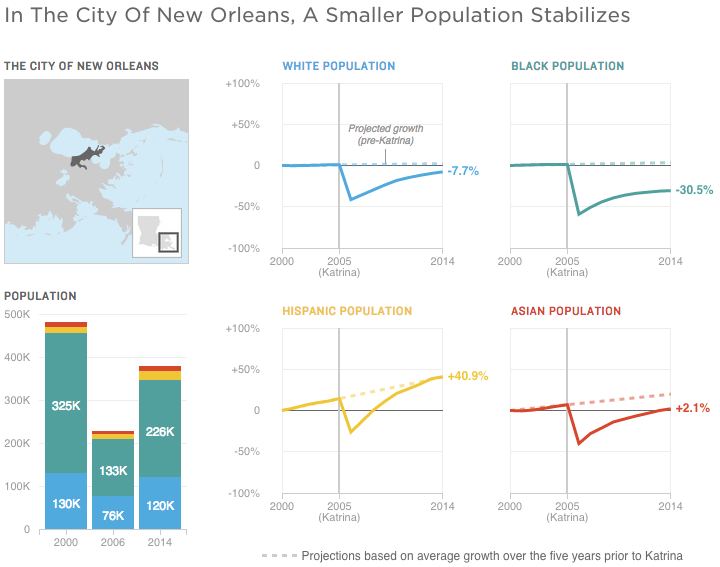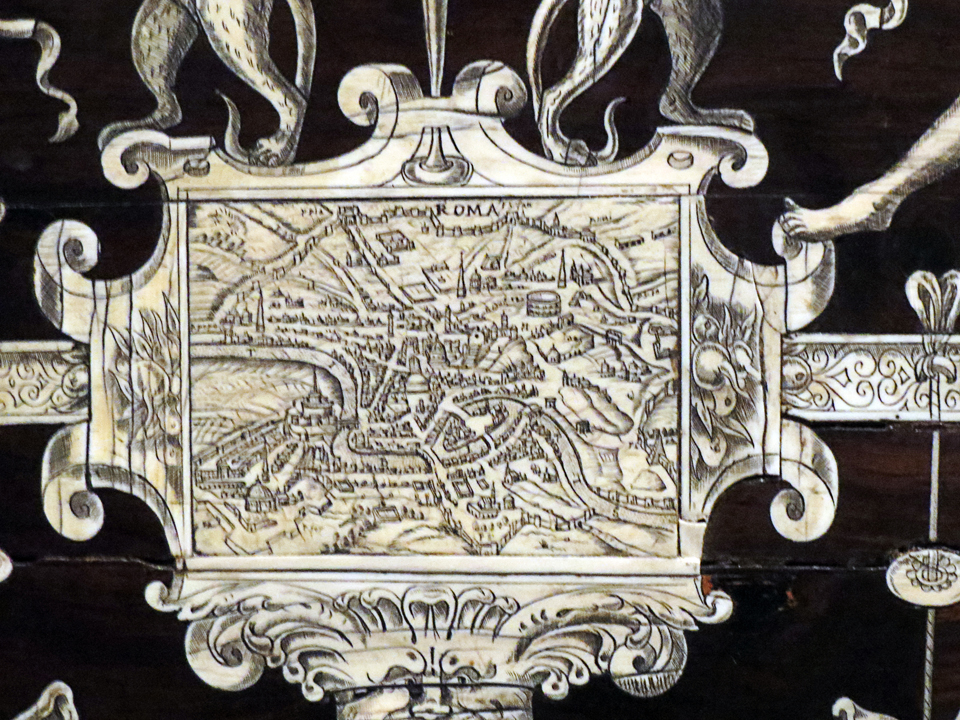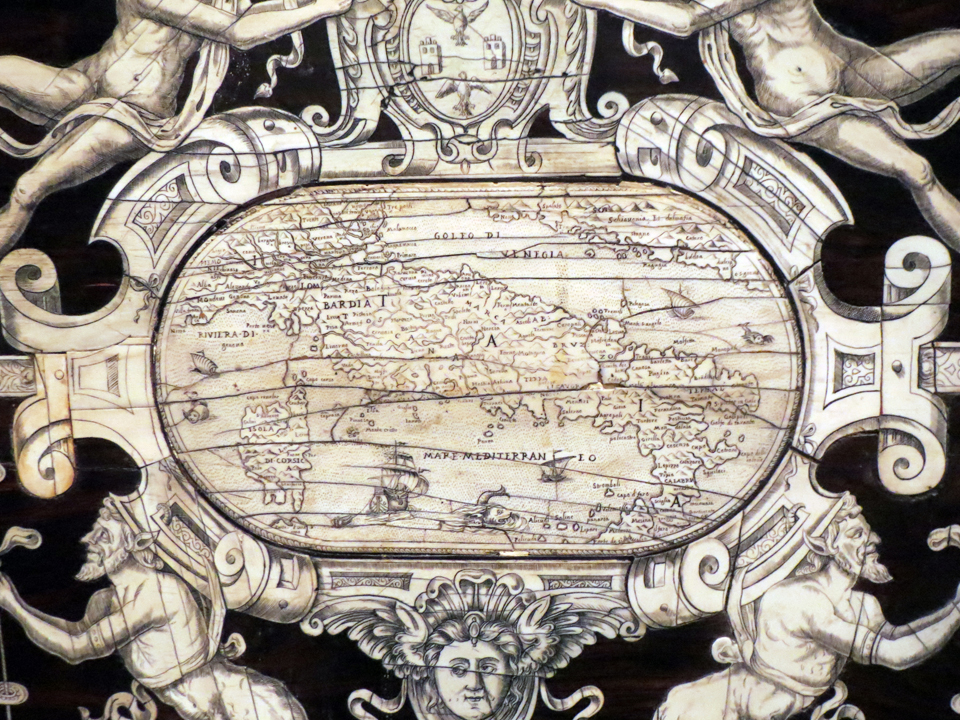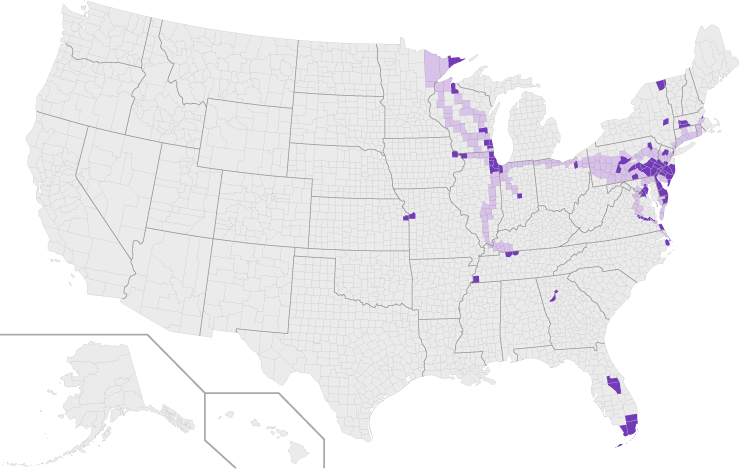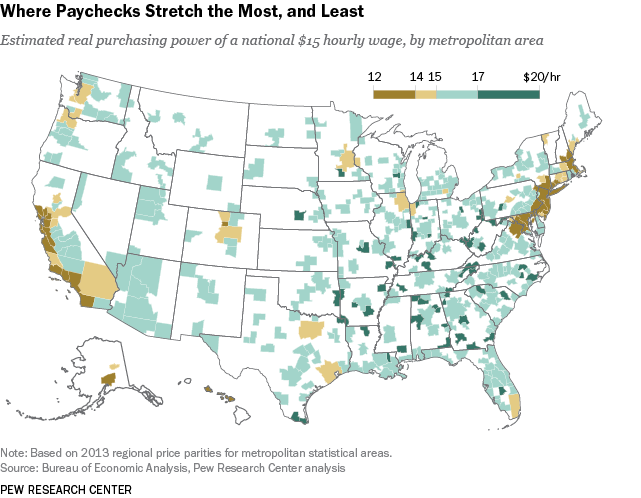Last week my uncle died suddenly and today I will be at his funeral back home. So if you will indulge me a personal piece today, we have a graphic from A.J. Watts’ 1970 book Loss of the Scharnhorst. The Scharnhorst was a German World War II battlecruiser sunk in the Battle of the North Cape. But, I will return to that in a moment.
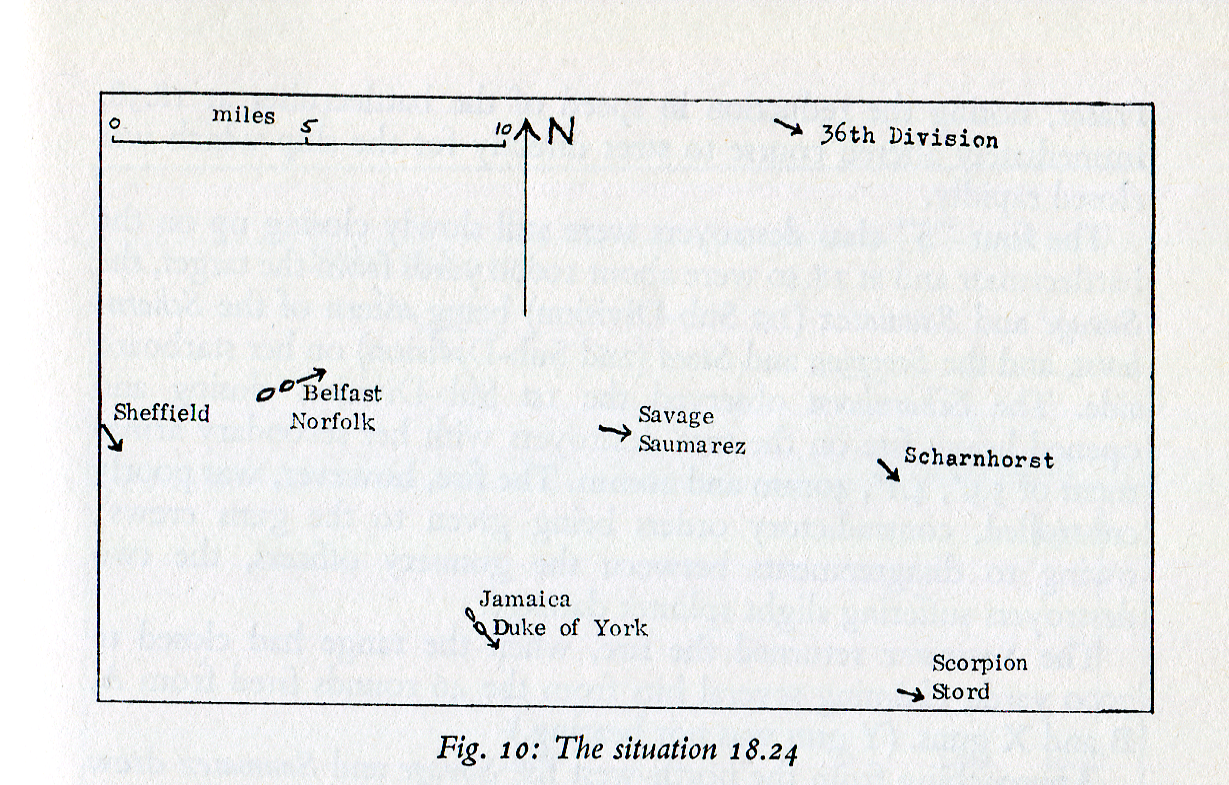
I was fortunate—if one can truly say that under the circumstances—the last week to be incredibly busy in both my personal and professional lives so that I did not have time to process the news of my uncle’s death. But now I am on a two-hour flight to Philadelphia where I have nothing but time.
When I was much younger than I am today, my uncle occasionally surprised me with models of famous warships. I distinctly recall one being the World War II German battleship Bismarck. Eventually I began building my own models and following that I become interested in naval history.
Today very few of the models remain. I eventually took after my uncle in another model-related hobby—their destruction. Inspired by his stories of recreating Pearl Harbour, I took my models—his gifts and mine—into the woods near my house and in creeks and ponds there I recreated historical or entirely fantastical battles. Very few of the models survived my childhood.
Then in 2002 my great-grandmother passed away in Ganister, Pennsylvania and the whole of the family headed up to settle her estate. While the adults kept us out of the house, my uncle took me and my cousins to the garage where we found the most fantastic treasure—giant wooden models my uncle had built in his youth.
My uncle set the first wooden model into Piney Creek. These models were as accurate as they could be, two to three feet long and made from scraps of wood. My cousins and I took our places near a rickety bridge and armed ourselves with giant rocks. My uncle then let the Tirpitz sail and we hurled rocks until the model broke and shattered and passed out of range. Then came the Prinz Eugen. Then other various German ships.
But I clearly recall he put the Scharnhorst, the old German World War II battlecruiser, into the creek that day. And my uncle would tell us stories of the ships. And while our hurling rocks in an Appalachian creek is far from a historical reenactment, my cousins and I clearly did our damage as it sailed out of sight down into the Juniata.
And that brings me to the scan above. Because in reality, the Scharnhorst met her end in the Battle of the North Cape off northern Norway on 26 December 1943. She was engaged by the British battleship HMS Duke of York, a King George V class battleship, among many other Royal Navy ships. And in my room to this day is the only surviving model from my uncle: HMS Prince of Wales, sister ship to the HMS Duke of York.
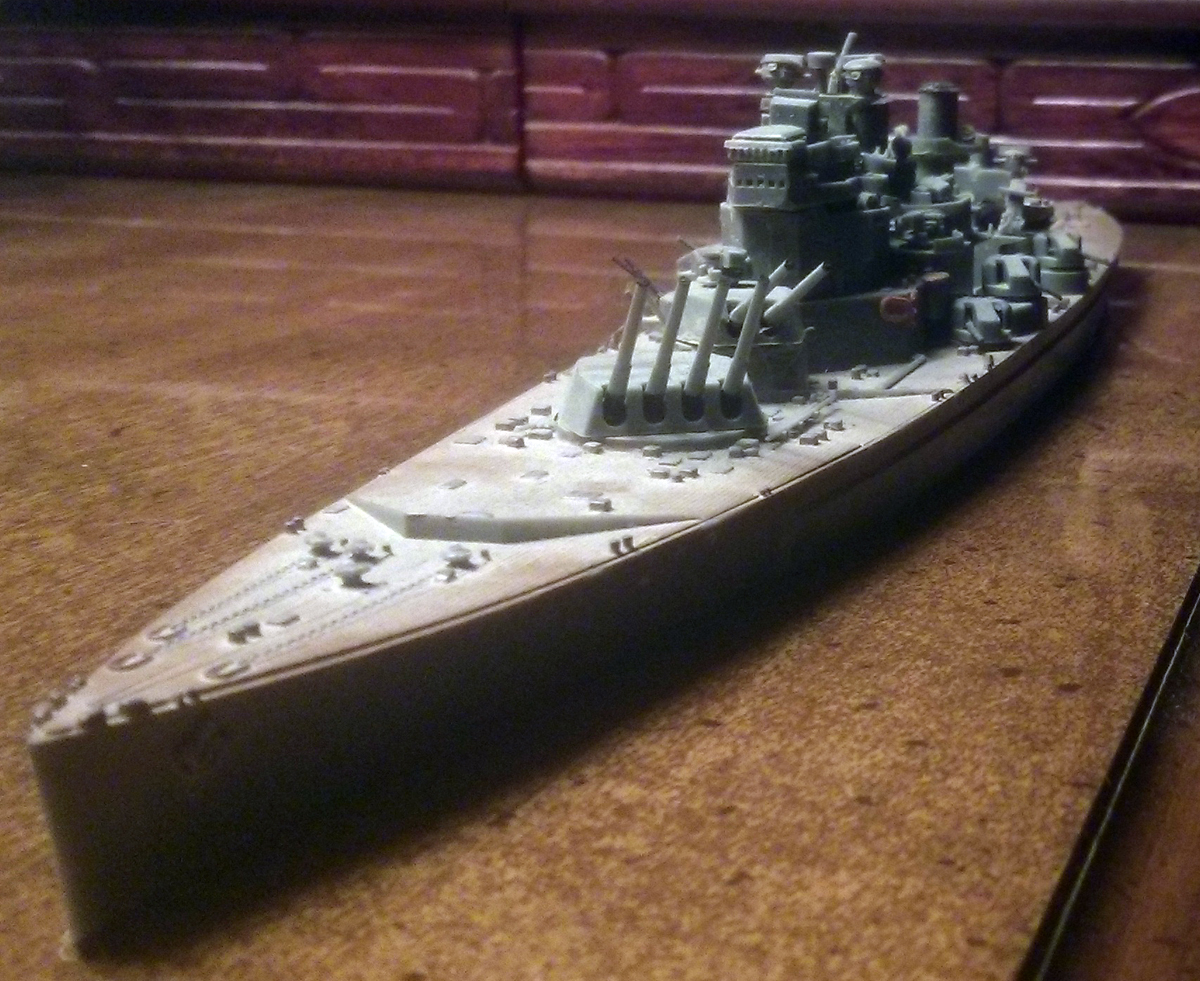
Credit for the piece goes to A.J. Watts.



